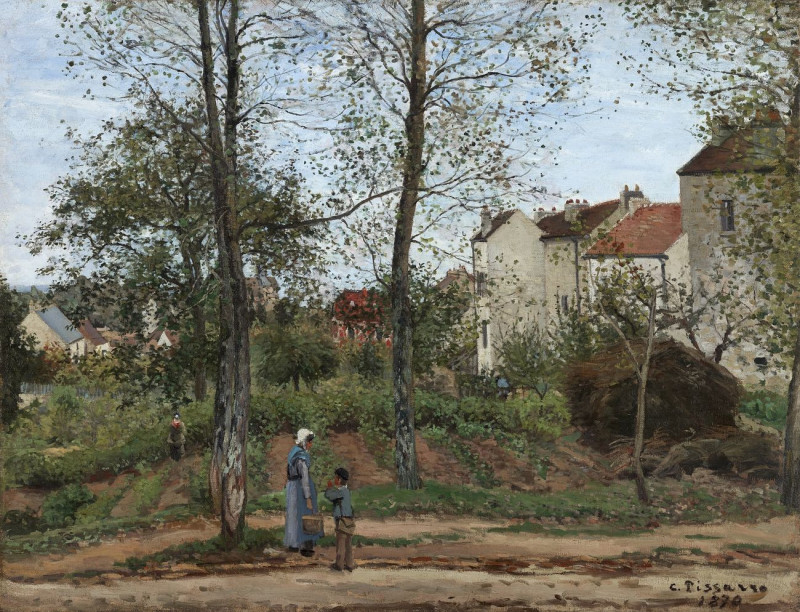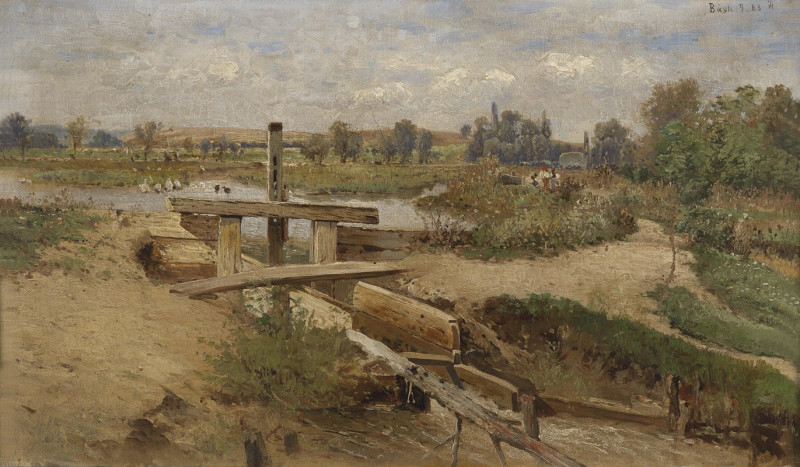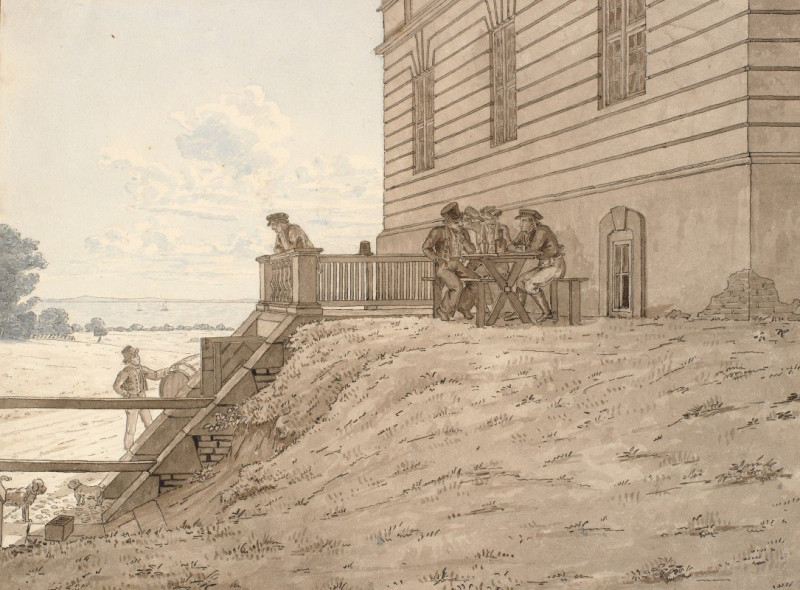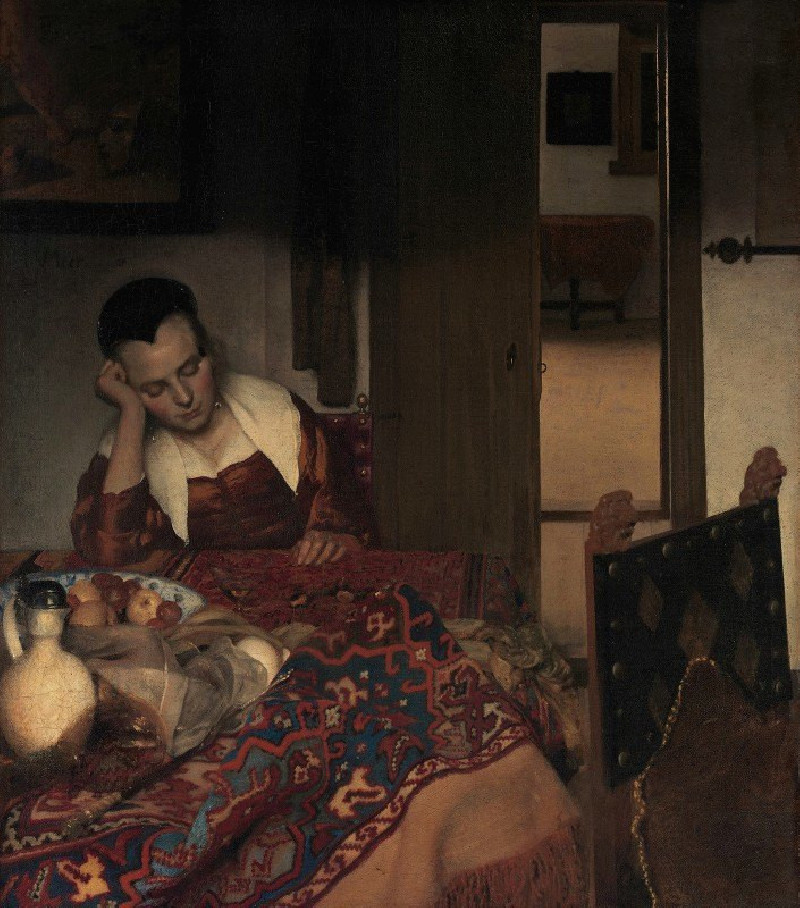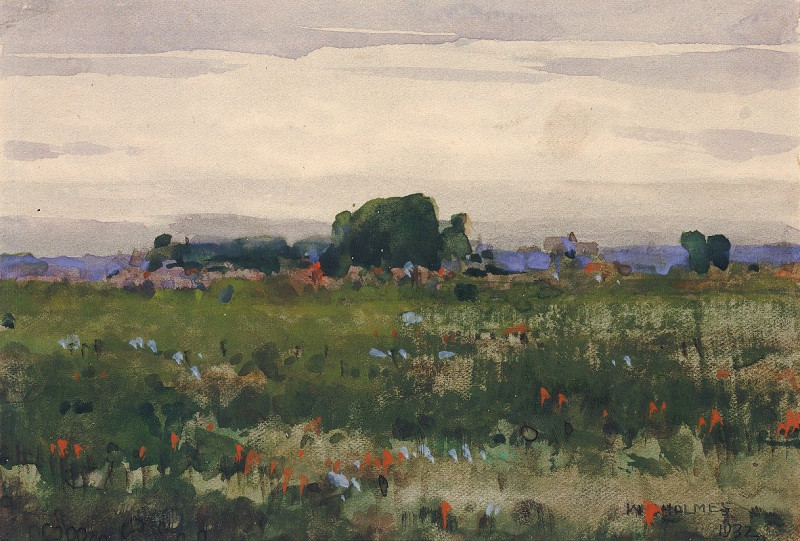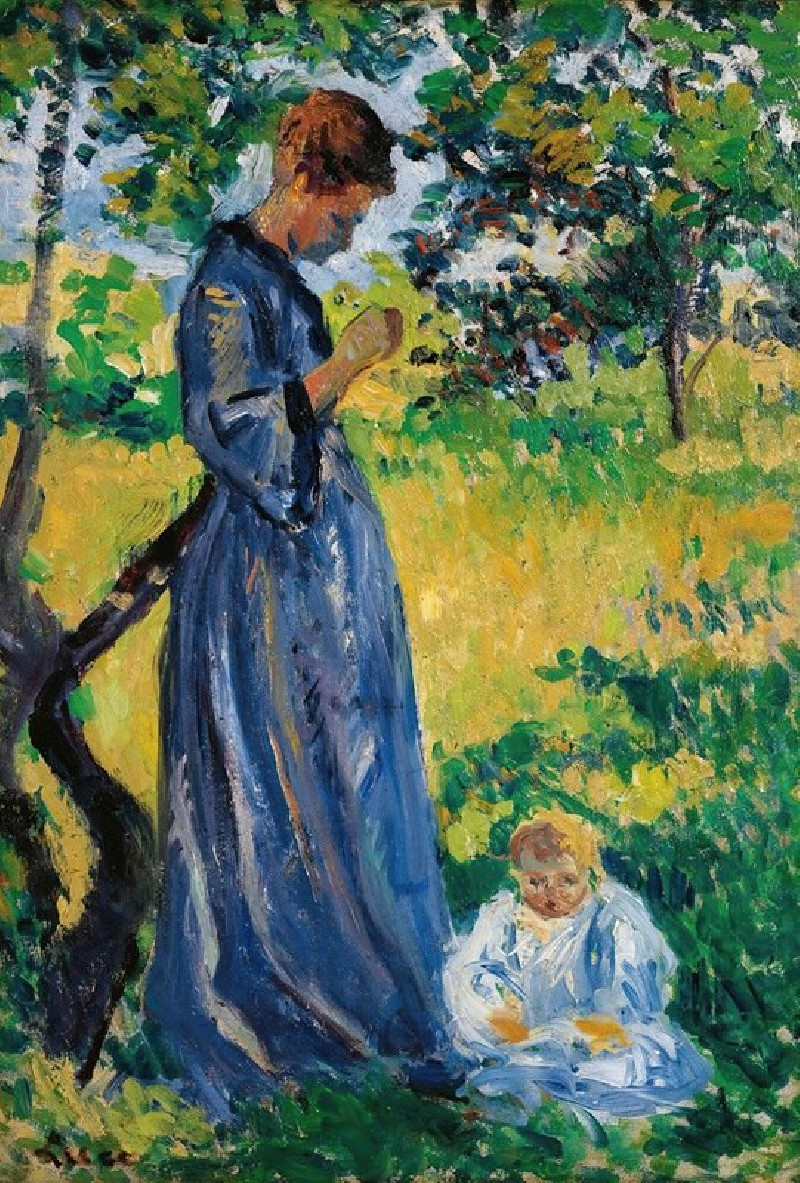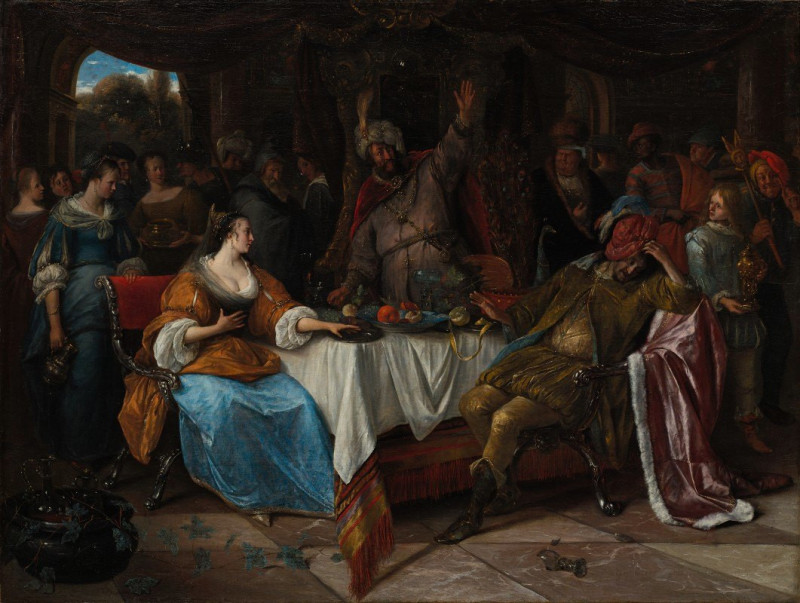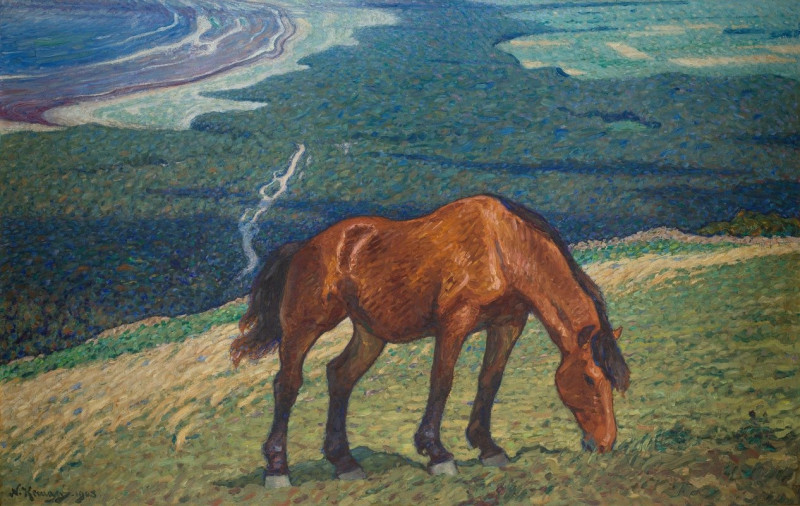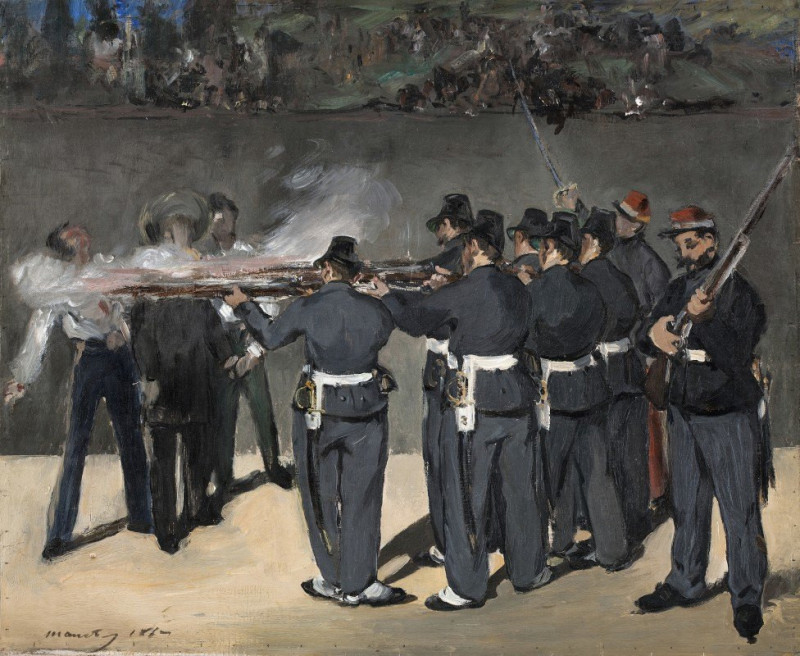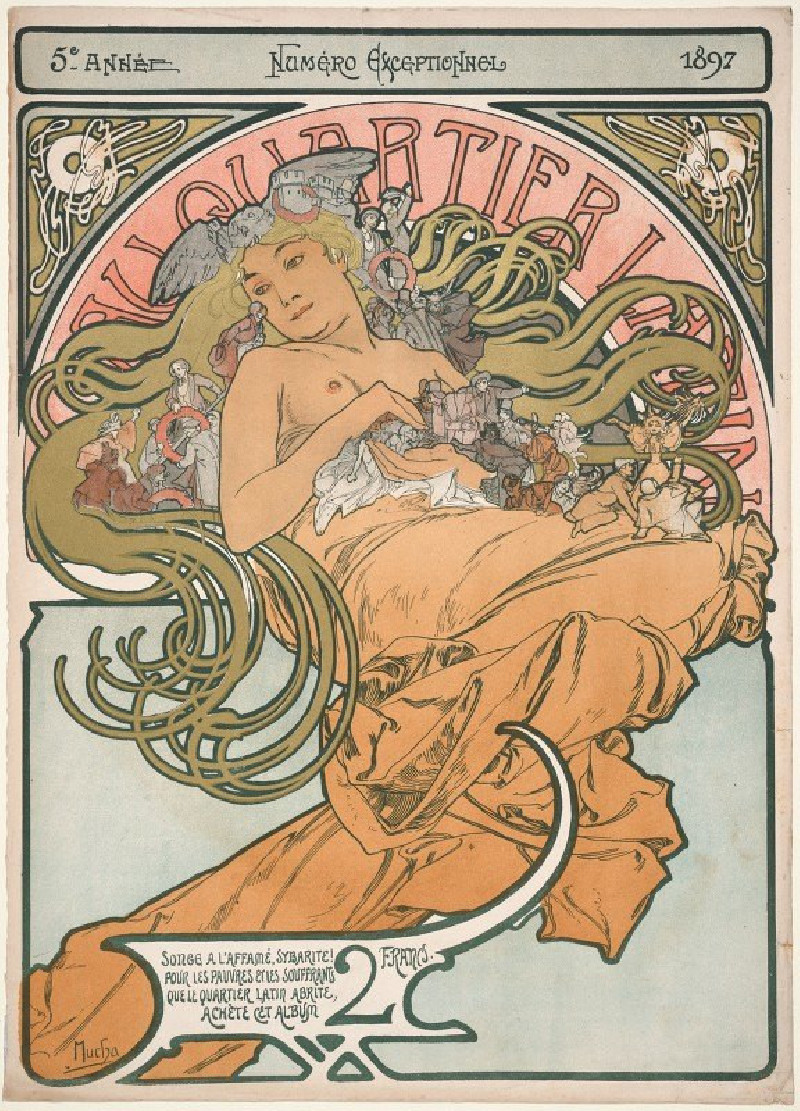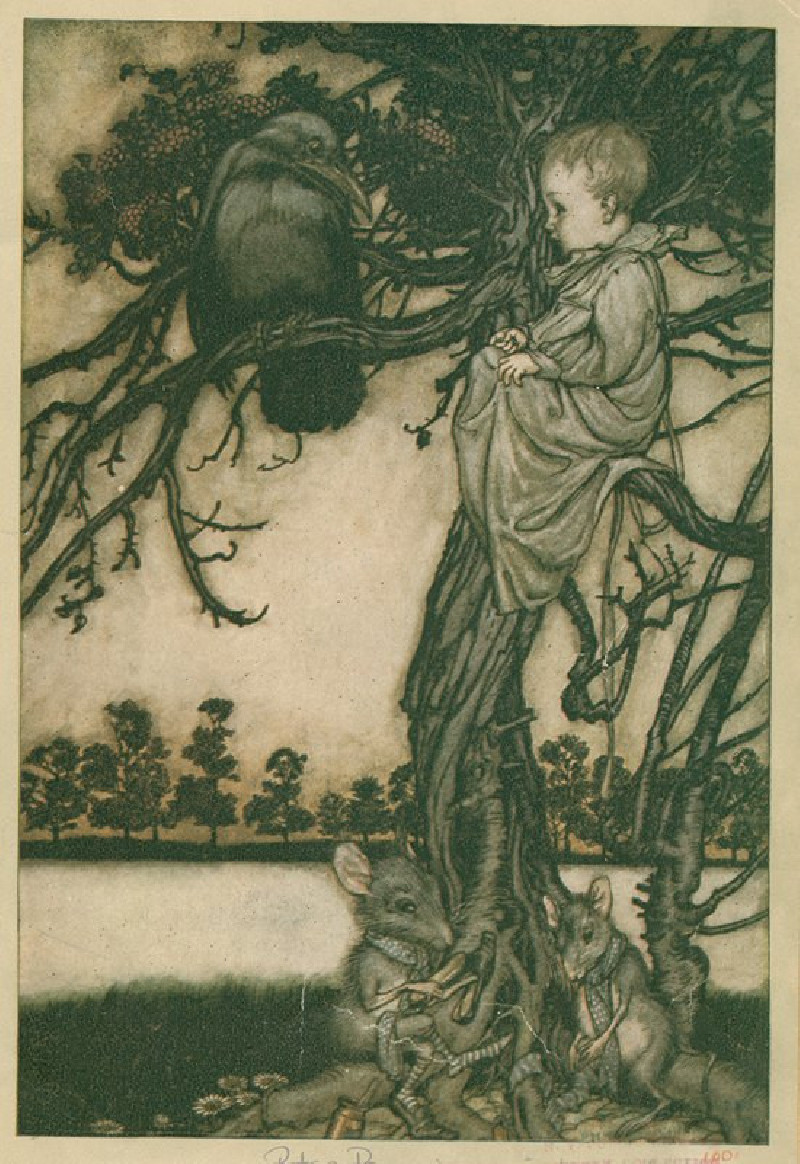Landscape At Louveciennes
Technique: Giclée quality print
Recommended by our customers
More about this artwork
"Landscape at Louveciennes" is a picturesque painting by Camille Pissarro, capturing a serene moment in the French countryside. Painted in 1870, this artwork beautifully represents Pissarro's style during his involvement with the Impressionist movement.In this painting, we see a village scene framed by leafy trees and a vast sky. The foreground is dominated by two figures—possibly a woman and a child—walking along a dirt path. The woman appears to be carrying a basket, suggesting that their errand involves either the gathering or carrying of goods. They wear period clothing, which lends a historical touch to the scene.Behind these figures and slightly to the right, another person can be seen amidst the greenery, perhaps a gardener or a worker. The houses in the background, rendered in earth tones with white highlights, sit peacefully under a soft, cloudy sky. The architecture is typical of rural France from that era, with steep roofs and prominent chimneys.The trees play a significant role in the composition, their branches reaching across the canvas, creating a naturalistic canopy that adds depth and texture. Pissarro's use of light and shadow, along with his brushwork, captures the essence and tranquility of a day in Louveciennes.Overall, this painting not only showcases Pissarro's skill as a landscape artist but also serves as a window into the simplicity and beauty of rural French life in the 19th century.
Delivery
Returns
Blessed are they who see beautiful things in humble places where other people see nothing. — Camille Pissarro
Camille Pissarro (1830-1903) was born on St.Thomas (now the US Virgin Islands) to a Portuguese father and a Dominican mother. He went to Paris to study art at Ecole des Beaux-Arts. He was an early pioneer of pointillism and neo-impressionism and later became a mentor of many famous impressionist painters including Cezanne, Manet, Renoir, and Gauguin. His paintings depicted rural and urban French landscapes and lifestyle. Many of his works politically captured images of peasants and laborers. Today, he is considered the father of impressionism.

